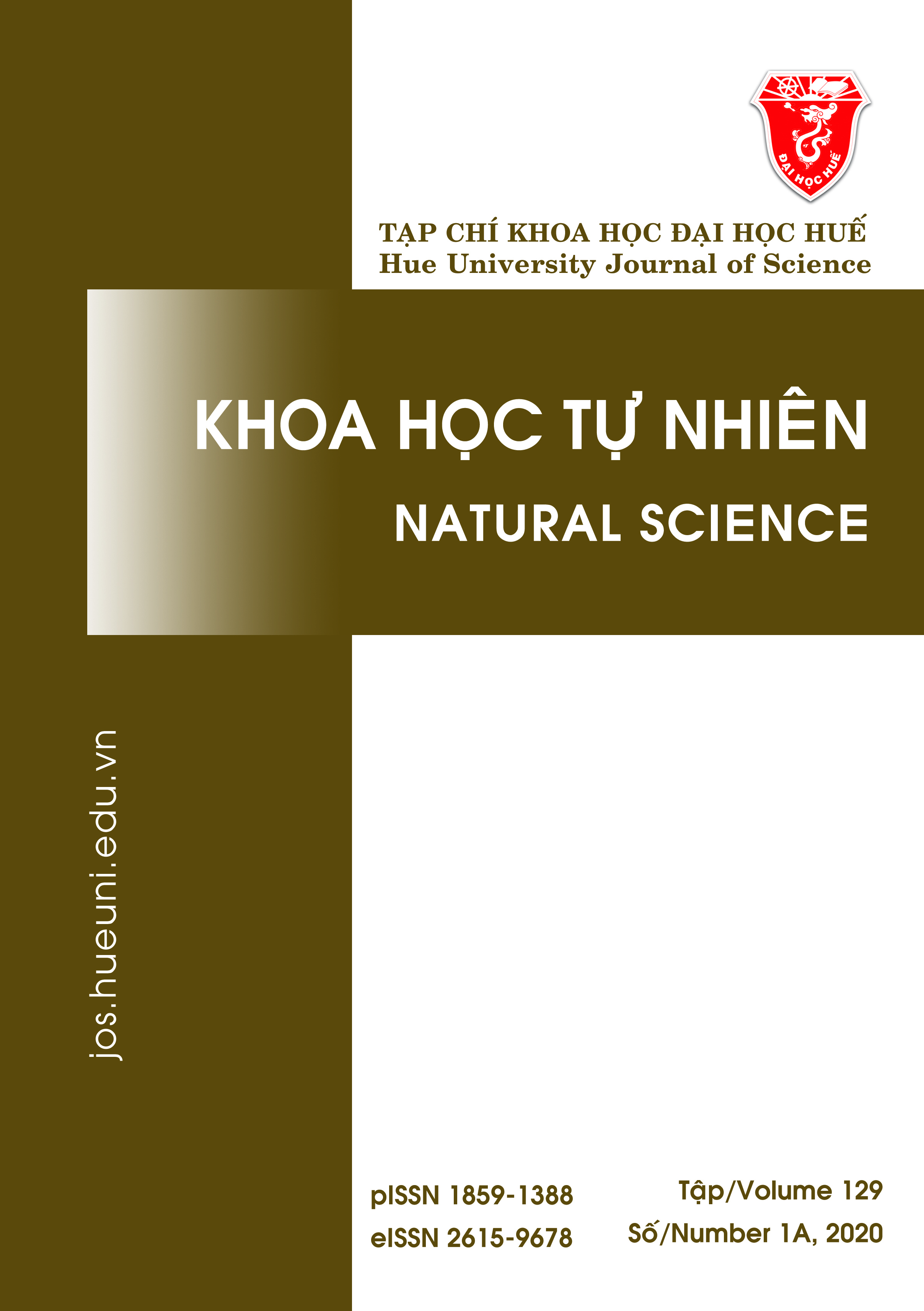Abstract
Chitosan has been widely used in biomedical fields due to its high biocompatibility. Especially, chitosan beads with hollow interior are gaining attention because they can absorb more drugs and release them in a sustained manner. Previous studies showed that the formation of chitosan hollow beads required organic solvents and toxic crosslinking reagents, which might limit their application in biological systems. Therefore, this study aims to fabricate chitosan beads with a core/shell structure by using simple ionic gelation in mild conditions. Chitosan synthesized from chitin was used in bead formation with sodium tripolyphosphate (STPP) as a crosslinking agent. Beads with the largest core diameter are obtained from a 2% (w/v) 205.6 kDa chitosan solution in 1% acetic acid at pH = 9 of the STPP solution.
References
- Wang H, Qian J, Ding F. Emerging Chitosan-Based Films for Food Packaging Applications. Journal of Agricultural and Food Chemistry. 2018;66(2):395-413.
- Baxter RM, Dai T, Kimball J, Wang E, Hamblin MR, Wiesmann WP, McCarthy SJ, Baker SM. Chitosan dressing promotes healing in third degree burns in mice: Gene expression analysis shows biphasic effects for rapid tissue regeneration and decreased fibrotic signaling. Journal of Biomedical Materials Research Part A. 2013;101(2):340-348.
- Cheung RCF, Ng TB, Wong TH, Chan WY. Chitosan: An update on potential biomedical and pharmaceutical applications. Mar Drugs. 2015;13(8):5156-5186.
- Kanmani P, Aravind J, Kamaraj M, Sureshbabu P, Karthikeyan S. Environmental applications of chitosan and cellulosic biopolymers: A comprehensive outlook. Bioresource Technology. 2017; 242:295-303.
- Svirskis D, Seyfoddin A, Chalabi S, In Kim JH, Langford C, Painter S, Al-Kassas R. Development of mucoadhesive floating hollow beads of acyclovir with gastroretentive properties. Pharmaceutical Development and Technology. 2014;19(5):571-576.
- Yang ZC, Tang CH, Gong H, Li X, Wang J. Hollow spheres of nanocarbon and their manganese dioxide hybrids derived from soft template for supercapacitor application. Journal of Power Sources. 2013;240:713-720.
- Tôei K, Kohara T. A conductometric method for colloid titrations. Analytica Chimica Acta. 1976; 83:59-65.
- Knaul JZ, Kasaai MR, Bui VT, Creber KAM. Characterization of deacetylated chitosan and chitosan molecular weight review. Canadian Journal of Chemistry. 1998;769(11):1699-1706.
- Jiang CJ, Xu MQ. Kinetics of Heterogeneous Deacetylation of β-Chitin. Chemical Engineering & Technology. 2006;29(4):511-516.
- de Moura CM, de Moura JM, Soares NM, de Almeida Pinto LA. Moura CMD, Moura JMD, Soares NM, Pinto LADA. Evaluation of molar weight and deacetylation degree of chitosan during chitin deacetylation reaction: Used to produce biofilm. Chemical Engineering and Processing: Process Intensification. 2011;50(4):351-355.
- Philippova OE, Korchagina EV, Volkov EV, Smirnov VA, Khokhlov AR, Rinaudo M. Aggregation of some water-soluble derivatives of chitin in aqueous solutions: Role of the degree of acetylation and effect of hydrogen bond breaker. Carbohydrate Polymers. 2012;87(1):687-694.
- Lee S, Mi F, Shen Y, Shyu S. Equilibrium and kinetic studies of copper(II) ion uptake by chitosan-tripolyphosphate chelating resin. Polymer. 2001; 42(5):1879-1892.
- Xu H, Matysiak S. Effect of pH on chitosan hydrogel polymer network structure. Chemical Communications. 2017;53(53):7373-7376.
- Mi F, Shyu S, Wong T, Jang S, Lee S, Lu K. Chitosan-polyelectrolyte complexation for the preparation of gel beads and controlled release of anticancer drug. II. Effect of pH-dependent ionic crosslinking or interpolymer complex using tripolyphosphate or polyphosphate as reagent. Journal of Applied Polymer Science. 1999;74(5):1093-1107.
- Calvo P, Remunan-Lopez C, Vila-Jato JL, Alonso MJ. Novel hydrophilic chitosan-polyethylene oxide nanoparticles as protein carriers. Journal of Applied Polymer Science. 1997;63(1):125-132.
- Ibrahim H, El-Bisi M, Taha G, El-Alfy E. Chitosan nanoparticles loaded antibiotics as drug delivery biomaterial. Journal of Applied Pharmaceutical Science. 2015;5(10):085-090.
- Tuyết DTA, Khương VQ, Phương PH, Phong NTP. Nghiên cứu chế tạo vật liệu nano chitosan làm chất hấp phụ protein ứng dụng trong dẫn truyền thuốc. Tạp chí Khoa học và Công nghệ Đại học Quốc gia TP. Hồ Chí Minh. 2011;14(T6):54-61.

This work is licensed under a Creative Commons Attribution-ShareAlike 4.0 International License.
Copyright (c) 2020 Array




